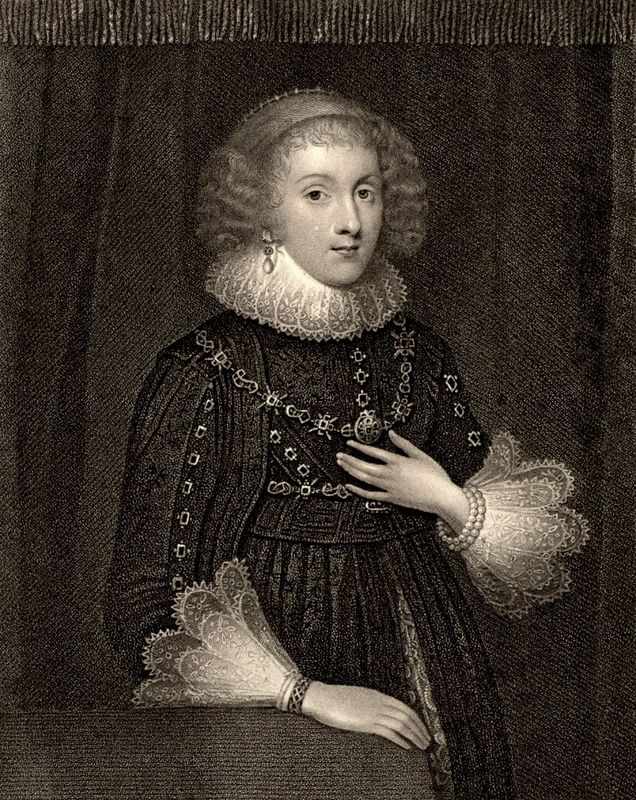
THIS IS A FAITHFUL TRANSLATION of the original document which I have had before me and to which I refer.
Without this formality, the translation is devoid of any official or sworn nature. Though this sacramental formula is understandable as a unifying criteria with regards to administrative processes, what’s not quite as clear is the use of an adjective for qualifying people (“faithful”) being applied to an inanimate object: the translation. I, without a doubt, am faithful. But the written page which I sign… is it a translation that is correct, complete, adjusted to the original, etc.?
Concerning this matter, today we’ll take a look at the story of pioneers of translation/interpretation, women who had to insert themselves in a field dominated by men and who were subjected to serious criticism in their day. The modern-day importance of these avant-gardists is their contribution of magnificent works that are shining examples of this vocation.
La Malinche, the first interpreter in the Americas
We’ve already written an interesting article about this brilliant woman on this blog, the daughter of an Aztec chief and the mistress of Hernán Cortés, the Spanish Conquistador who overran the Aztec Empire in the 16th century. Enough has been said about the dedicated role of interpreter she played during a moment in history that deeply impacted her native land and the Americas in general. In this context, there were already laws that regulated the work of the numerous interpreters, most of them indigenous, who worked for the Conquistadors: the 29 laws promulgated between 1529 and 1680 placed greater importance on the interpreters’ and translators’ loyalty to the Spanish crown than on their linguistic knowledge. I invite you to read the following blog post: “La Malinche: The First Interpreter.”
Mary Sidney Herbert, illustrious translator
During the Middle Ages and the Renaissance, translation was one of the few socially acceptable jobs for a woman. In English society, women were only authorized to translate religious texts. In this context, Mary Sidney Herbert, countess of Pembroke and the sister of Phillip Sidney, a noteworthy writer who imported the sonnet to English literature, dedicated herself to translation. Her translations have been recognized for their excellent style, given that at the time most women translated in a very literal fashion to avoid betraying the meaning of the original document. The image included here is her portrait.
To see the original post in Spanish go to:





